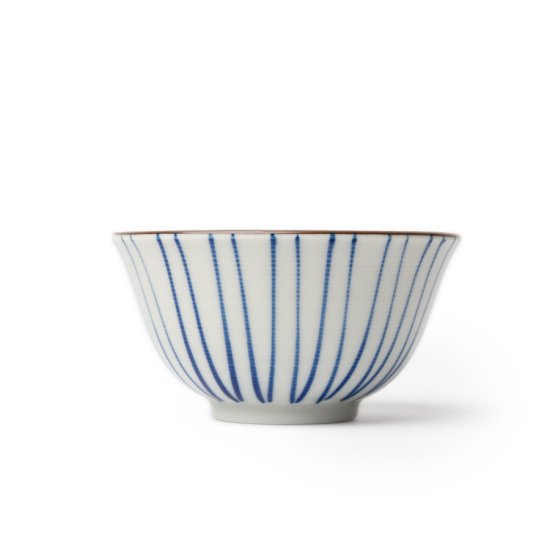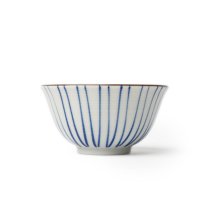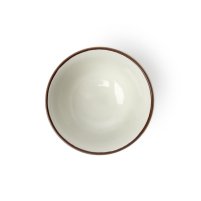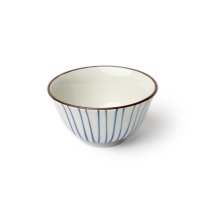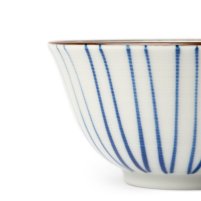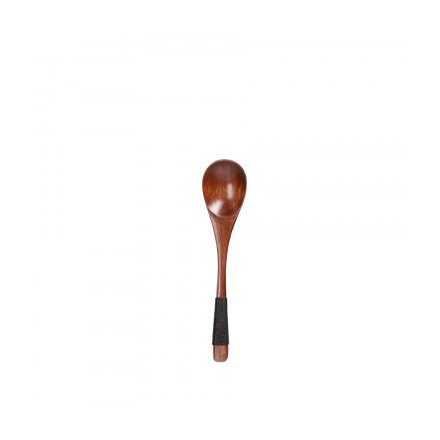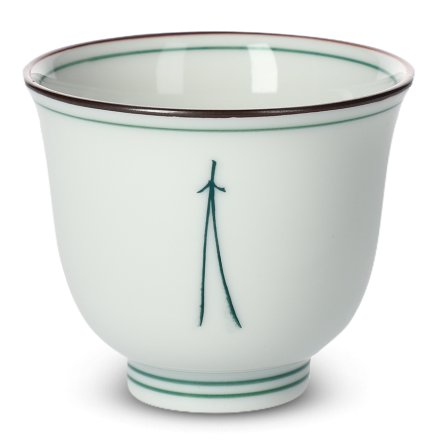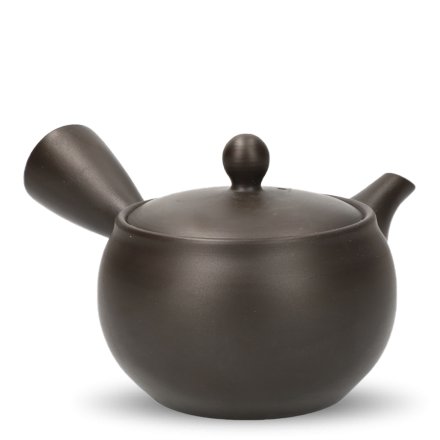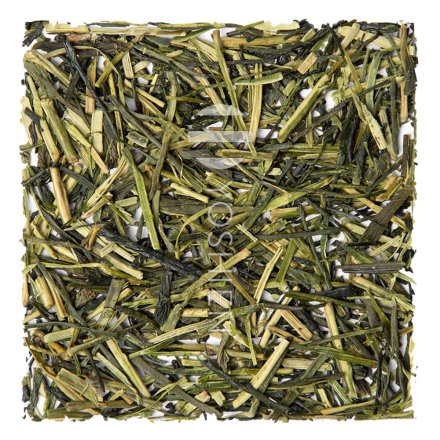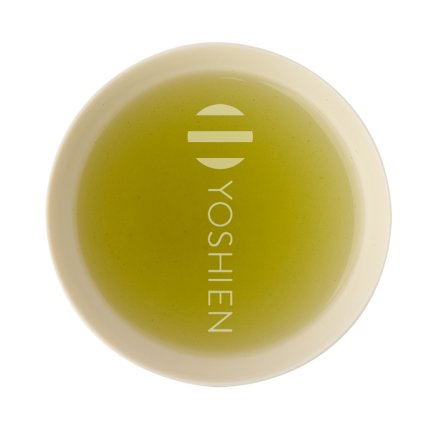Japanese blue-and-white pottery is known as Sometsuke, literally “dye applied”, because the colour was likened to traditional indigo-dyed linen. The ceramics are decorated by hand, stencil or transfer-print with a blue pigment, traditionally cobalt oxide, over which a transparent glaze is then applied, and once fired the underglaze decorations become a vivid shade of blue. This method originated during China’s Song dynasty (960-1279) and is believed to have been perfected around the beginning of the Ming dynasty in the 14th century. Blue-and-white pottery was introduced to Japan at the start of the 17th century in the form of export Tianqi or Ko-Sometsuke ("Old Sometsuke") porcelain from Jingdezhen, which was imitated in the kilns at Arita before spreading to other areas including Kyoto, Seto, Hasami and Mikawachi, each developing their own unique variations of Sometsuke.
Teacup
Kosome
Porcelain
SKU
4867
Yoshi En has recently grown out of Sunday Natural to become an independent premium tea store. As part of this transition, some products may still be shipped in Sunday Natural packaging.
Classic blue and white porcelain Kumidashi teacup decorated with fine stripes. Perfect for serving all types of Japanese green tea for daily drinking and serving to guests.
| Product | Teacup, blue white |
| Origin | Seto, Aichi, Japan |
| Dimensions | Ø9.4cm x 5.2cm, foot Ø4cm |
| Volume | 160ml |
| Weight | 110g |
| Material | Porcelain |
| Decoration | Sometsuke (染付け) |
In stock



